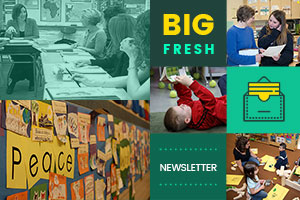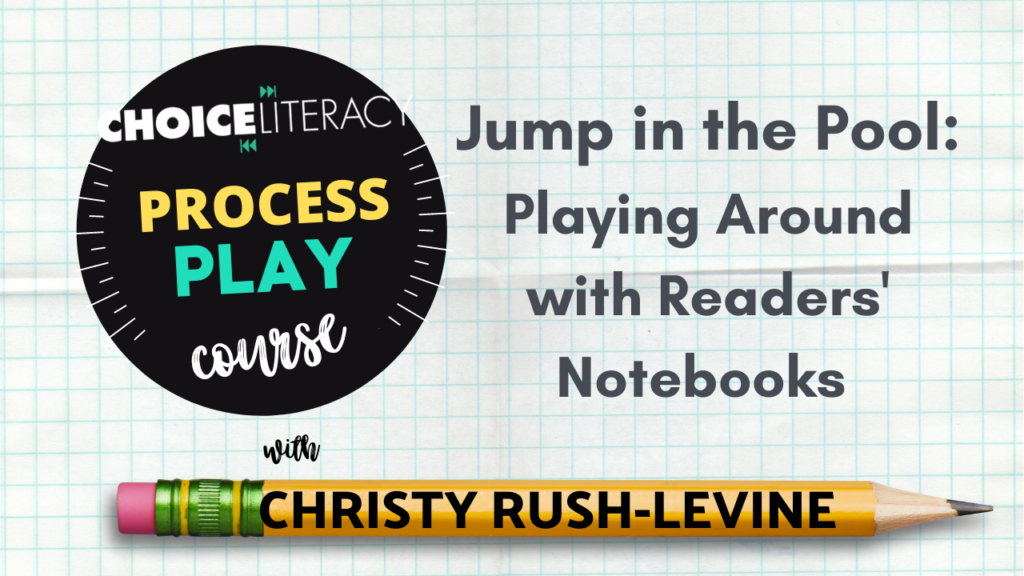Progress is impossible without change; and those who cannot change their minds cannot change anything.
—George Bernard Shaw
Think Again
I’m slowly reading Adam Grant’s new book Think Again: The Power of Knowing What You Don’t Know. I’m enjoying the way he writes, and I’m enjoying the way he makes me think…or maybe I should say, rethink.
Early in the book he writes, “Mental horsepower doesn’t guarantee mental dexterity. No matter how much brainpower you have, if you lack the motivation to change your mind, you’ll miss many occasions to think again.”
It reminds me of listening to Ellin Keene speak many moons ago when she professed, “Smart isn’t something you are, it’s something you get!” I used that mantra over and over again with my own children as they worked their ways through school. I used it over and over again teaching writers in classrooms in all grade levels.
Reading Adam Grant’s book makes me realize I need to keep using it over and over again with myself.
Recently I listened to Adam interview Ed Catmull and Pete Docter from Pixar. They worked closely with Steve Jobs and discussed the way Jobs always had “strong opinions held weakly.” The idea is he committed to his opinions, but then would change them as needed.
All of this makes me think about the way reading instruction has suddenly found itself in pop culture. It’s something everyone (not just educators) seems to be talking about—and the opinions are strong. Many times they even seem harsh.
Later in the book, Adam Grant writes, “Charged conversations cry out for nuance…[T]he complexity of reality can seem like an inconvenient truth.” He goes on to explain that if we shift our mindset, then “it [the complexity of reality] can be an invigorating truth—it means there are new opportunities for understanding and for progress.”
This issue is the first of two installments about thinking differently about readers. We’re not joining the debate about reading instruction. Instead, we’re noticing the nuances of teaching readers. We’re uplifting ways to keep the choice and voice of students alive and active in our classrooms. We’re sharing ways to help students grow stronger as readers…in phonemic awareness, phonics, fluency, vocabulary, and comprehension. We’re honoring the joy, challenge, and identities of being readers who engage with a variety of texts and conversations to learn to think deeply…and think again.
This week we look at a variety of ways to keep the needs of individual readers at the heart of our instructional decision making—plus more, as always!
Shine on,
Ruth Ayres
Editor in Chief

On the July 25 episode of the Rethinking with Adam Grant podcast, Adam Grant hosts Ed Catmull and Pete Docter to talk about how Pixar makes magic on and off the screen. I found this conversation delightfully nudging me to consider many aspects of education, even though it is not outright about education!
On the UrbanEd Cast podcast with Georgia State College of Education and Human Development, Dr. Gholnecsar (Gholdy) Muhammad provides insights into why middle school teachers should strive to improve their teaching practice by incorporating identity development in literacy exercises, especially when working with African American adolescents.
Melissa Quimby created Meet Someone New Monday to inspire students with picture book biographies of little-known artists, activists, and citizens who accomplish remarkable feats. Now is the time to set Meet Someone New Monday in motion! This article was first published in 2020.
Are you looking to engage with a community of instructional influencers? Join me on LinkedIn to continue conversations from the Big Fresh and connect with other educators who are just as smart and funny as you are.
In this course, Christy Rush-Levine opens her notebook and guides us to teach students how to create thoughtful and meaningful responses to text.

New members-only content is added each week to the Choice Literacy website. If you’re not yet a member, click here to explore membership options.
Gretchen Schroeder questions whether the protagonist’s gender influences her students’ engagement with a text. Using the dystopian novel Legend, which has two protagonists of different genders, Gretchen gathered feedback from her students. What she discovered was that a reader’s engagement with a text has more to do with empathy than with gender. You’ll love Gretchen’s new way of selecting whole-class texts for her students.
Every now and then we make the classic teaching mistake: assign rather than teach. Dana Murphy curated her favorite teaching tools to help her stay inspired to continually teach students. This is Part 1 of a two-part series.
In this video, Christy Rush-Levine confers with eighth grader Julian about his strengths as an empathetic reader. This video is a nice complement to Gretchen’s article.
Do struggles with handwriting matter? They do when a student can’t even decipher his own words. Katherine Sokolowski confers with fifth grader Sauvi to help him find solutions to the problem.

New members-only content is added each week to the Choice Literacy website. If you’re not yet a member, click here to explore membership options.
Matt Renwick shares a powerful story of a student growing leaps and bounds as a reader. He insists that we must always look beyond isolated data points, and gives several resources to richly assess students as readers.
This PD2Go focuses on supporting young readers in making sense of text. It pairs an article by Jen Court and a minilesson video by Katrina Edwards.
In this video, Dana Murphy shares the importance of high visibility for reading interventionists and other instructional influencers in non-classroom positions.
Quote It:
The key to ending racism and racist acts of violence within our society is to examine what is taking place in our classrooms.
—Tauheedah Baker
That’s all for this week!





